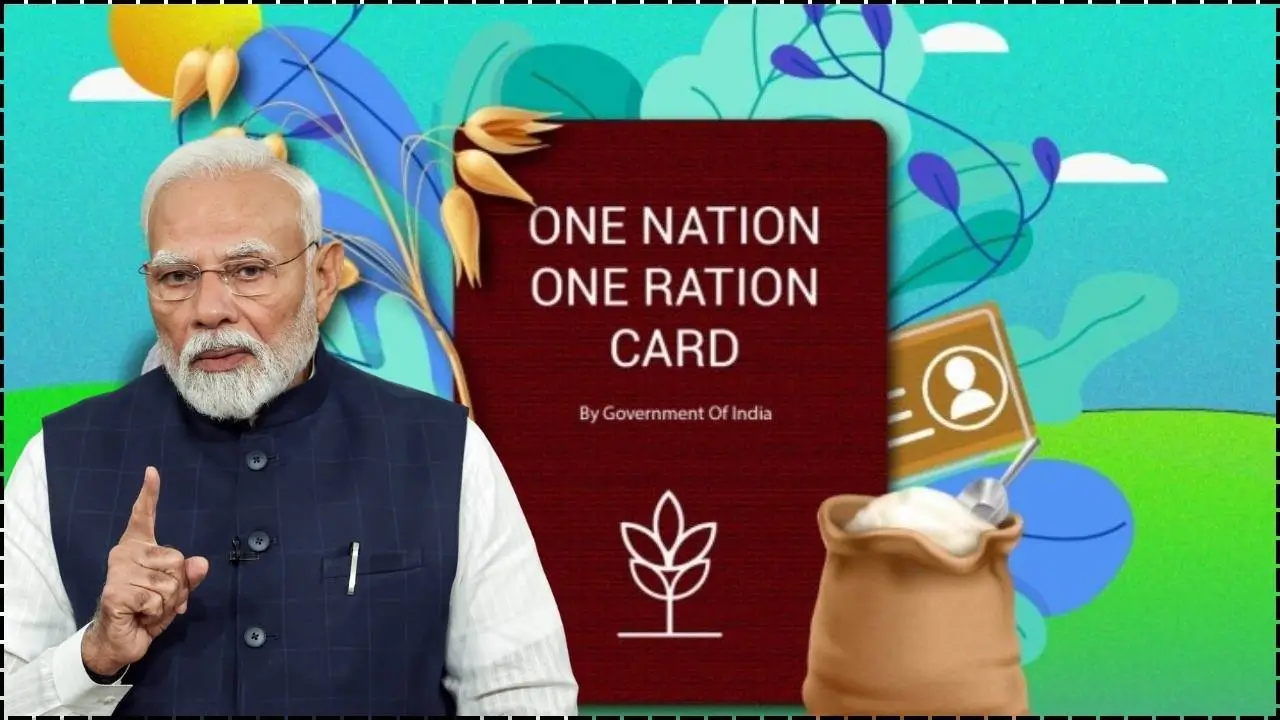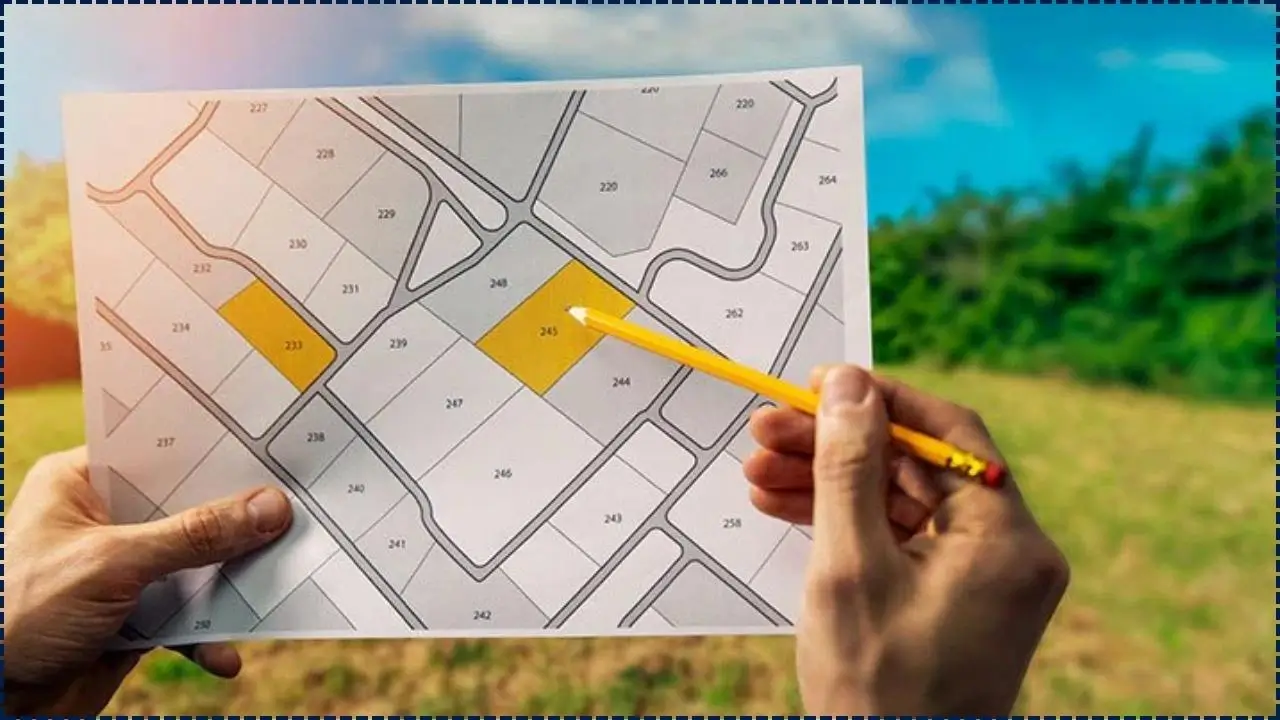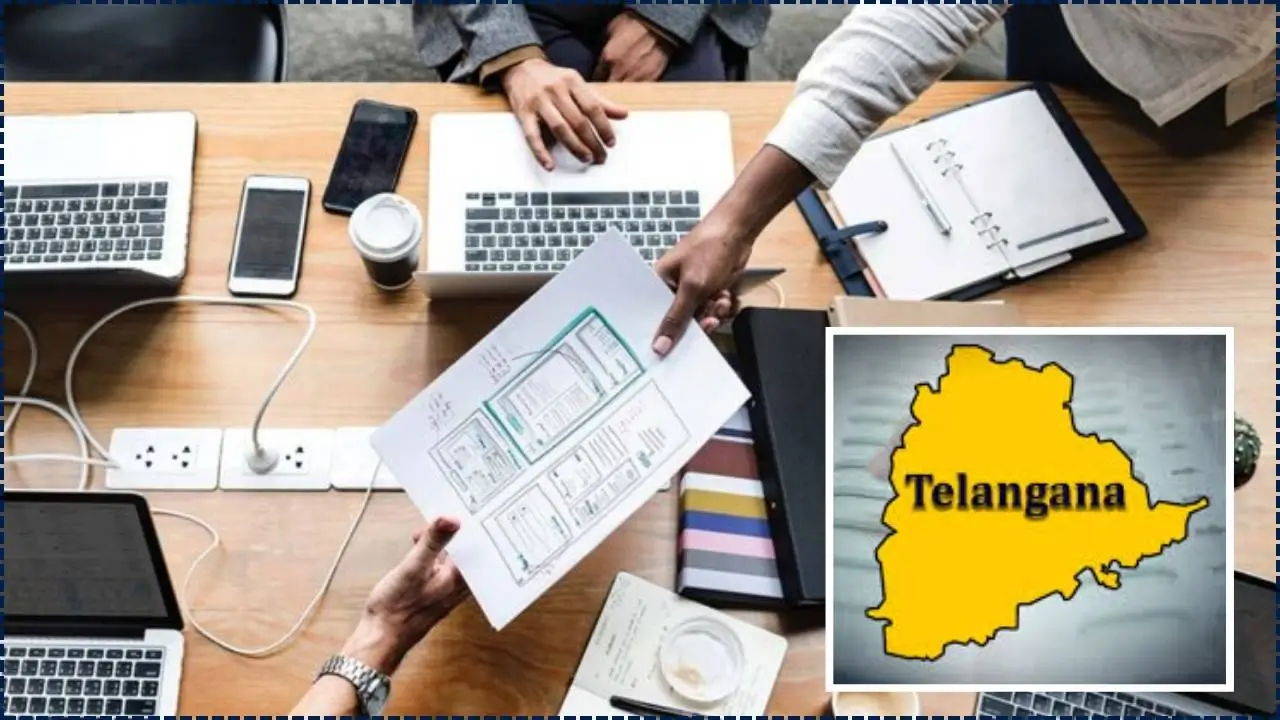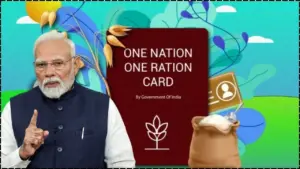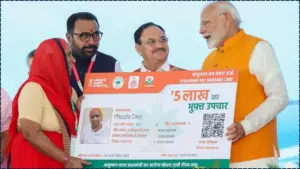Applying for a labour card online in India has become a key step for workers in the unorganised sector to access welfare benefits. The government’s digital application process simplifies enrolment, ensuring timely access to financial assistance, healthcare, insurance, and pension schemes.
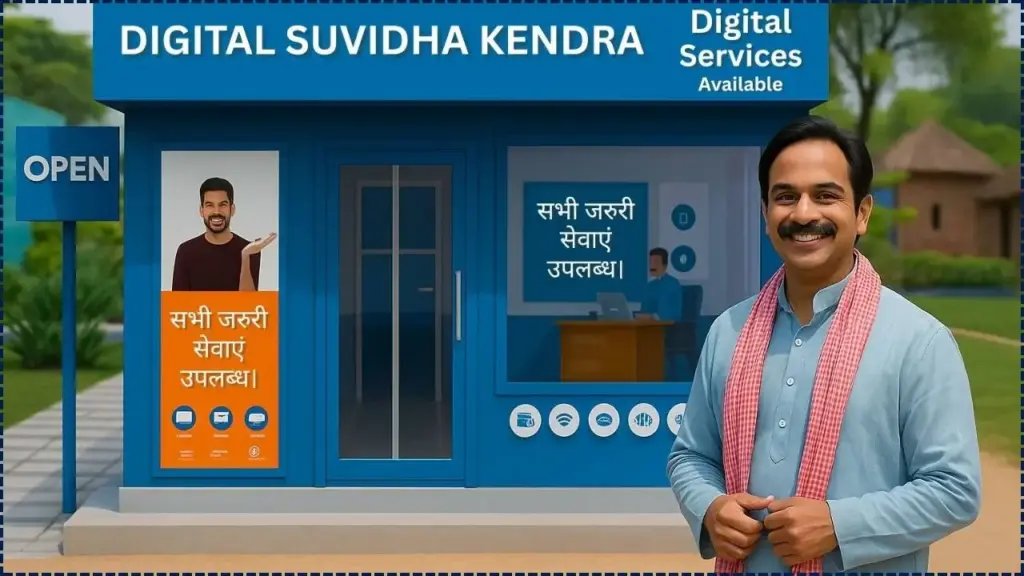
The labour card serves as a vital document for unorganised workers in India, providing access to welfare benefits and legal protections. The online application process makes enrolment faster and more transparent, though state-level variations require careful attention. Experts emphasise that improving digital literacy and awareness remains central to ensuring that these benefits reach those who need them most.
What is a Labour Card and Who Needs It
A labour card, issued by state labour welfare boards or the Building and Other Construction Workers’ (BOCW) Welfare Boards, provides identity verification and eligibility for government-backed social security schemes. According to the Ministry of Labour and Employment, these cards extend coverage to millions of unorganised workers including construction labourers, agricultural workers, and domestic staff.
Officials highlight that digital applications are designed to reduce paperwork, bring transparency, and expand inclusion. “Digitisation ensures workers in remote areas can access welfare without middlemen or delays,” said a senior official from the Labour Ministry in a recent press note.
Eligibility for Labour Card Application
Eligibility rules differ across states, but common conditions apply nationwide:
- Applicants must be residents of the state where they apply.
- Age requirements typically range from 18 to 40 years, with some states extending up to 60.
- Workers must be employed in unorganised or construction sectors, often with a minimum of 90 days of work in the past year.
- Applicants should not already be covered under schemes like the Employees’ Provident Fund Organisation (EPFO) or the Employees’ State Insurance Corporation (ESIC).
Required Documents for Online Application
Authorities require several documents to complete verification. Standard documents include:
- Aadhaar card for identity and address proof
- Recent passport-size photograph
- Bank account details including IFSC code
- Proof of age such as birth certificate, voter ID, or school records
- Proof of employment, such as a certificate showing 90 days of work for construction workers
Process to Apply for Labour Card Online
Visit the State Portal
Applicants should visit the official state Labour Welfare Board or BOCW Board website. Each state operates its own portal, for example, Karnataka Labour Welfare Board or Bihar BOCW Board.
Registration/Login
Workers must create an account using Aadhaar or a registered mobile number. A one-time password (OTP) is usually required for verification.
Fill Out the Application Form
The online form requires details such as name, age, work category, address, and employment history. Supporting documents must be uploaded in scanned format.
Payment of Fees
Some states charge a nominal registration fee, often between ₹25 and ₹50, payable online.
Submission and Acknowledgement
Once submitted, applicants receive an acknowledgement number, which can be used to track the application’s status online.
Verification and Issuance
The Labour Welfare Board verifies the information, often by cross-checking Aadhaar and employment records. If approved, the card can be downloaded digitally or collected from the local labour office.
State Variations in Application
While the central government provides overarching guidelines, each state implements its own digital system. For example:
- Karnataka: Requires proof of 90 days of construction work and charges a ₹25 registration fee.
- Bihar: Allows Aadhaar-based registration and provides downloadable receipts immediately upon application.
- Odisha and Assam: Require certificates issued by contractors or community bodies as proof of employment.
These variations highlight the importance of checking the respective state portal before applying.
Related Links
Download Your Aadhaar Update History Online in Seconds: Step-by-step Online Process
How to Apply for a Police Clearance Certificate Online – Check Details
Checking GST Registration Status Online Made Easy: How to Check?
Benefits of Having a Labour Card
Possession of a labour card opens access to a wide range of welfare schemes, including:
- Health insurance and hospitalisation coverage
- Education support for children of workers
- Maternity and disability benefits
- Financial assistance for housing and tools
- Pension benefits upon reaching retirement age
Challenges and Reforms
Despite digitisation, workers face obstacles such as poor internet access, lack of awareness, and language barriers. Labour rights experts argue that widespread awareness campaigns and local help desks are necessary. “Digital systems are effective, but outreach is crucial to ensure workers actually register,” said Anya Sharma, a senior fellow at a labour rights think tank.
The government has begun integrating labour cards with national databases like Aadhaar and bank-linked Direct Benefit Transfer (DBT) systems, aimed at reducing delays and leakages.

